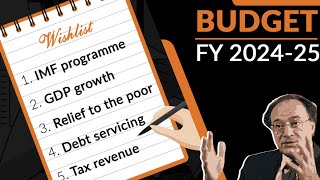China's central bank on Friday raised the value of the yuan against the US dollar by 0.05 percent, the national foreign exchange market said, ending three days of falls after a surprise devaluation. The daily reference rate was set at 6.3975 yuan to $1.0, from 6.4010 the previous day, the China Foreign Exchange Trade System said. The yuan closed at 6.3912 on Friday, strengthening slightly from Thursday's close of 6.3982.
The higher fixing for the yuan came after the People's Bank of China (PBoC) reassured financial markets by pledging to seek a stable currency after a shock devaluation of nearly two percent on Tuesday.
The cut, and two subsequent reductions, sent global financial markets into a tailspin as it raised questions over the health of the world's second-largest economy and sparked fears of a possible currency war. Beijing said the move was the result of switching to a more market-oriented method of calculating the daily reference rate which sets the value of the yuan, also known as the renminbi (RMB).
Previously, authorities based the rate on a poll of market-makers, but will now also take into account the previous day's close, foreign exchange supply and demand and the rates of major currencies. The yuan is still only allowed to fluctuate up or down two percent on either side of the reference rate. "Currently, there is no basis for the renminbi exchange rate to continue to depreciate," PBoC assistant governor Zhang Xiaohui said Thursday.
"The central bank has the ability to keep the renminbi basically stable at a reasonable and balanced level," she said. Speaking earlier this week, another PBoC official said the central bank could directly intervene in the market, after reports it bought yuan on Wednesday to prop up the unit. "The central bank, if necessary, is fully capable of stabilising the exchange rate through direct intervention in the foreign exchange market," PBoC economist Ma Jun said.
China keeps a tight grip on its currency on worries sudden fund outflows or inflows could cause more financial risk and challenge its control, but it has also pledged to move towards more flexibility. Beijing is pushing for the yuan to become one of the reserve currencies in the International Monetary Fund's SDR (special drawing rights) group. Asian Development Bank (ADB) chief economist Shang-Jin Wei said China has a "strong interest" in seeing the yuan join the SDR basket.
"Virtually any economic policy decisions by PBoC related to currency and the financial sector should be viewed through this lens," he said in an article posted Friday on the ADB website. "If the Chinese authorities choose to let market forces play a decisive role in determining the future value of the currency, this will be regarded as a very positive move."
BR100
7,977
Increased By
398.8 (5.26%)
BR30
25,602
Increased By
1383.8 (5.71%)
KSE100
76,208
Increased By
3410.7 (4.69%)
KSE30
24,438
Increased By
1225 (5.28%)




















Comments
Comments are closed.